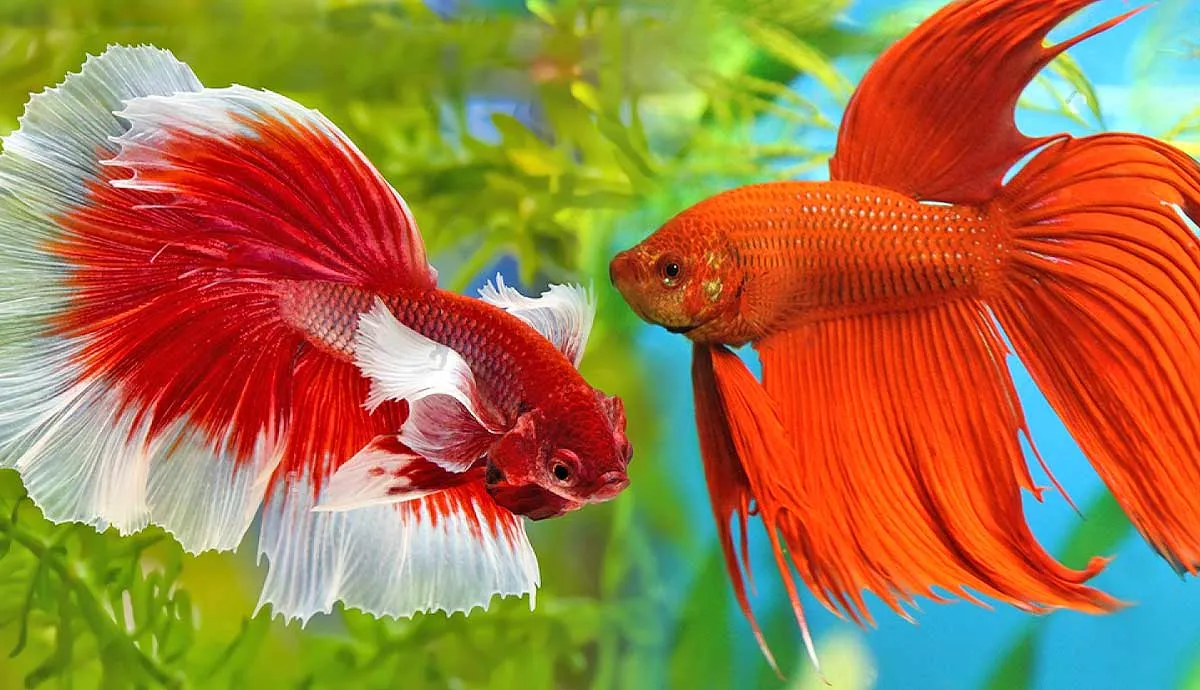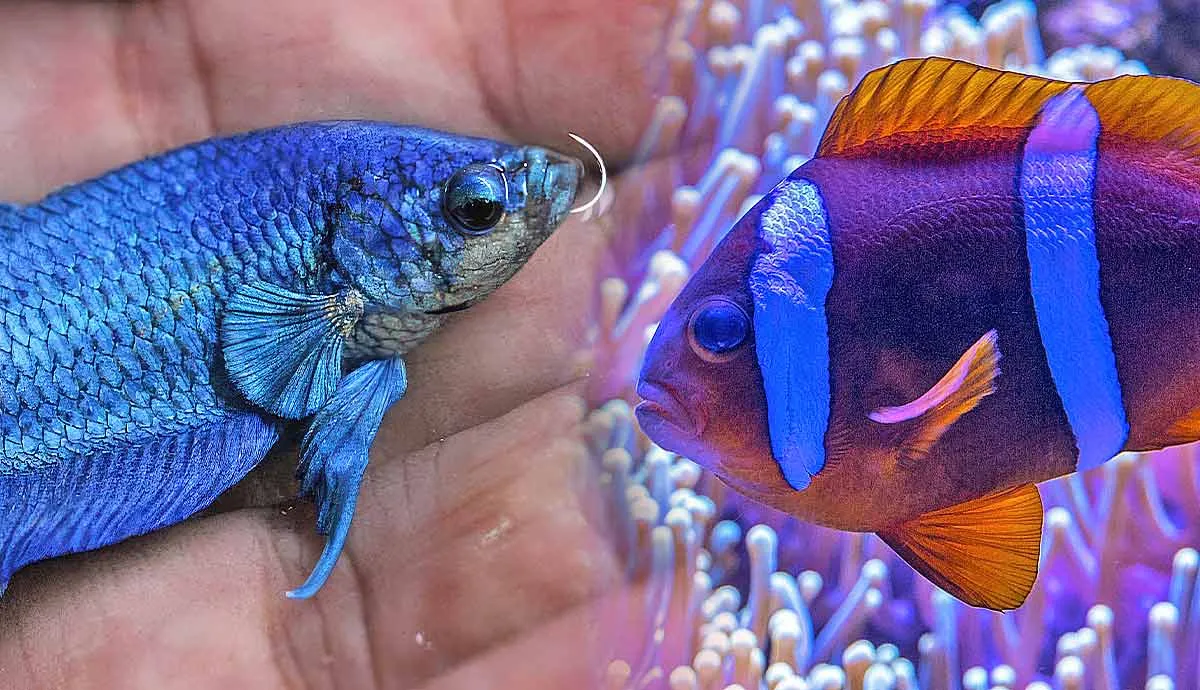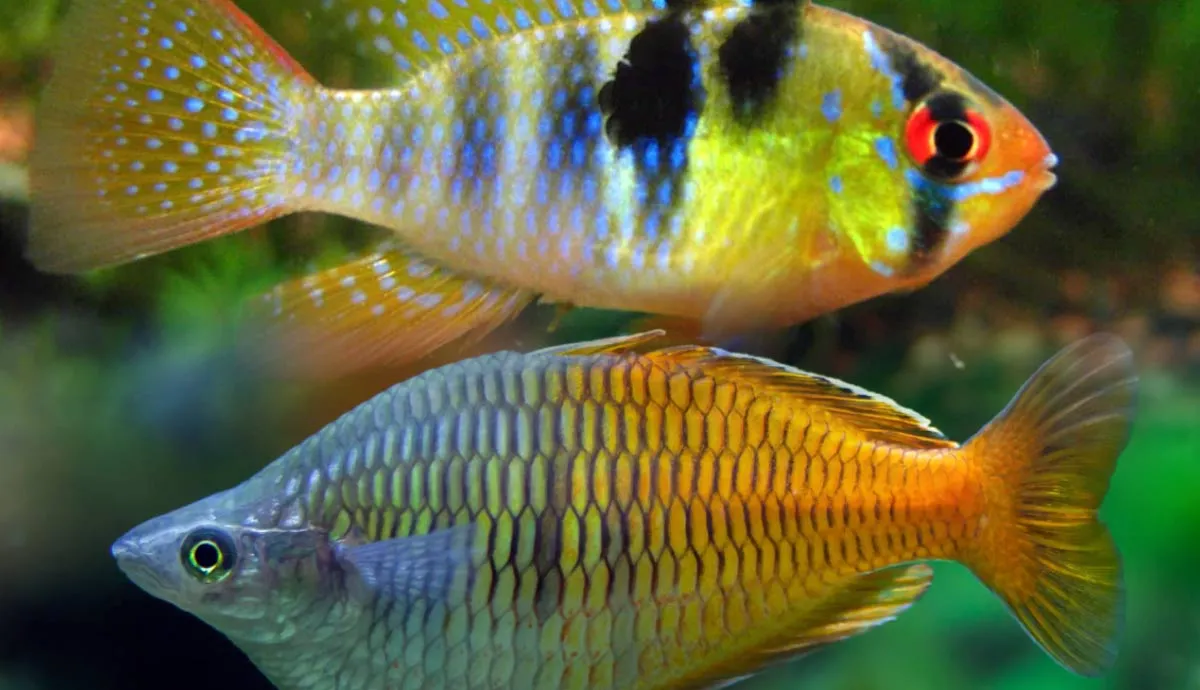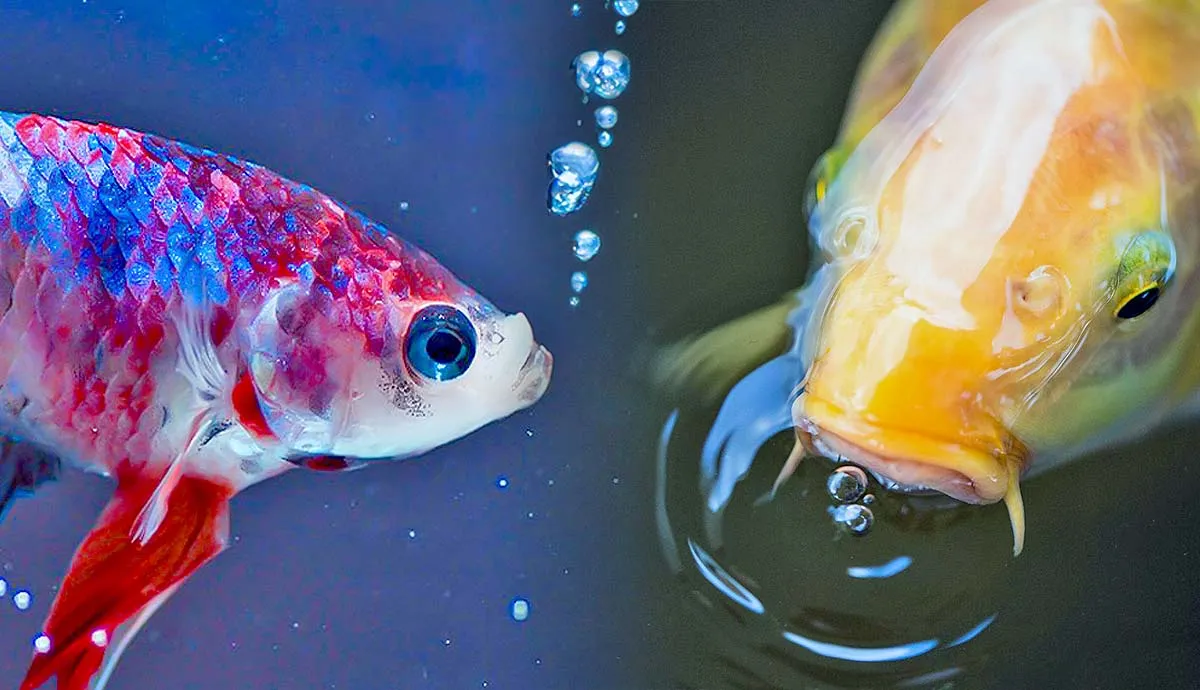Betta fish, also known as Siamese fighting fish, are one of the most common pets out there because they’re beautiful and easy to care for. Unfortunately, their popularity causes many people to buy them on a whim without proper preparations. Like with any aquatic pet, there’s a lot to set up and get ready before bringing the fish home. So, if you want to get a betta fish, keep the following in mind.
1. Choose an Appropriately Sized Tank
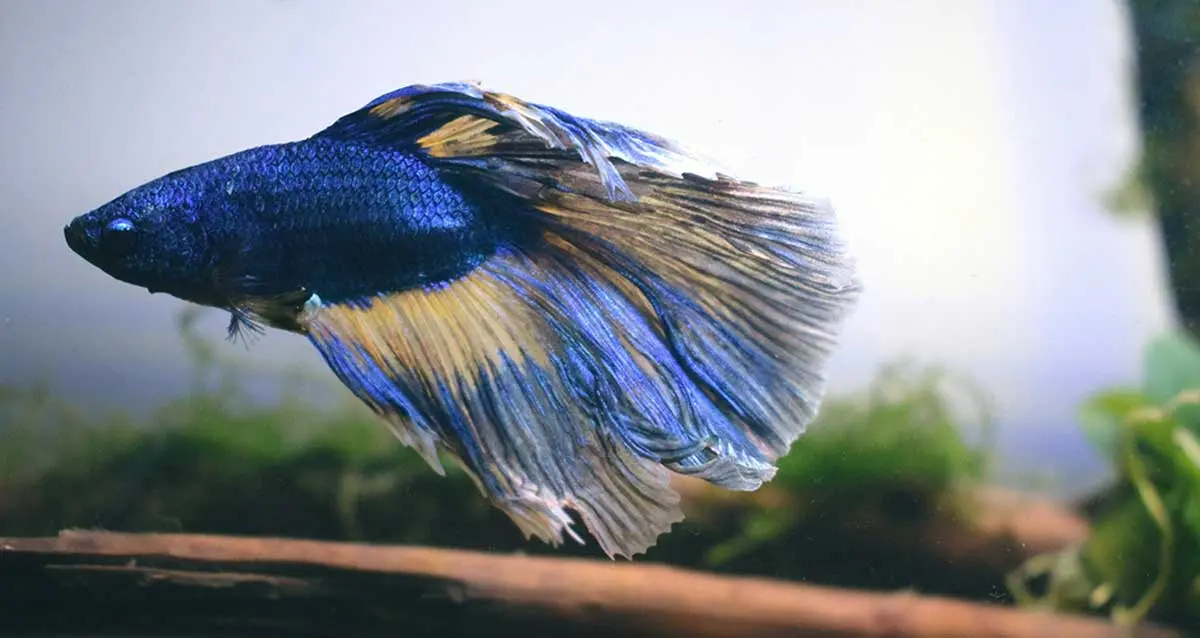
One of the most common misconceptions about betta fish is that they can thrive in a small enclosure. The cups you normally see bettas in at the pet store should only be a temporary living situation. Unfortunately, many people choose to keep their bettas in small vases or fish bowls even after bringing them home.
Bettas need space to explore just like any other pet, so a small tank with nothing to look at can stress your fish out. 5 gallons is the minimum tank size for a betta fish, but 10 gallons is ideal.
In the wild, males typically control large territories, so a large tank can help replicate that in captivity. Wild bettas live in shallow water, so they prefer a tank that’s long instead of tall.
2. Keep the Water Warm
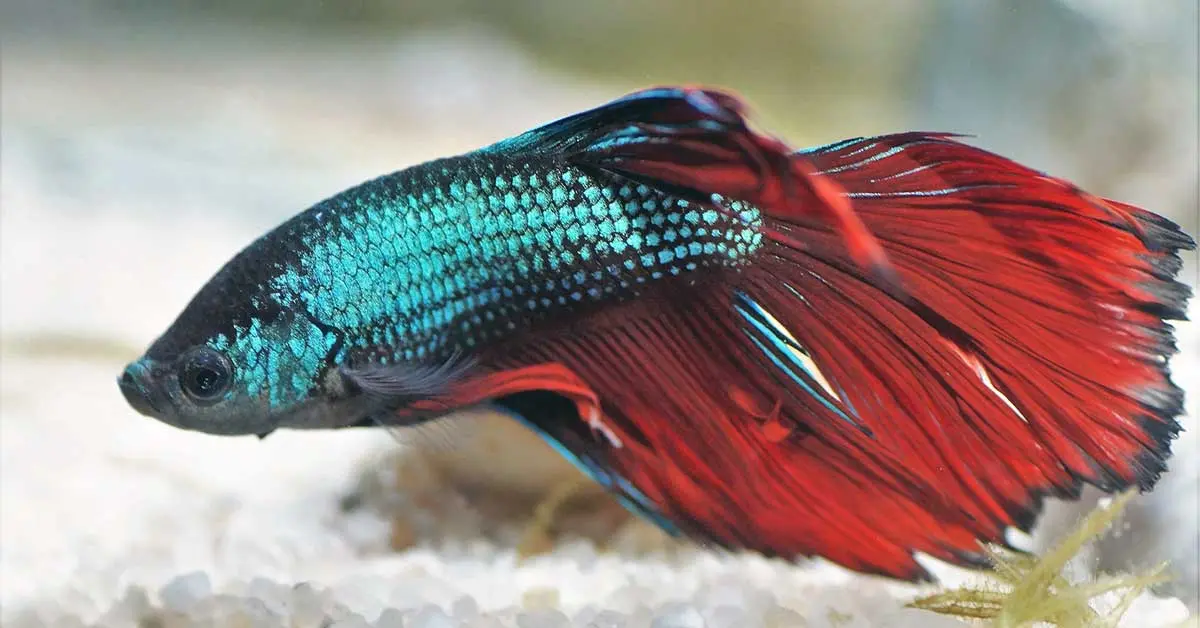
Many people don’t realize that bettas are tropical fish, so they need a tank that’s about 75 to 80 degrees Fahrenheit (23 to 26 Celsius). Cold water can be life-threatening for a betta fish. Their immune system could slow down and make them more susceptible to diseases.
It’s unlikely that your aquarium will stay warm on its own, so you should purchase an aquarium heater. A heater can keep the tank at a consistent temperature to ensure your betta fish stays as healthy as possible. Keep a thermometer in the tank to monitor the temperature.
3. Find a Low-Flow Filter

When setting up a fish tank, you’ll also want an aquarium filter. While a betta fish can survive without a filter, they won’t thrive that way. Having a filter is essential to keeping toxins out of the aquarium water.
Betta fish have long fragile fins, so they need a small, low-flow filter for their aquarium. If the current is too strong, it could hurt their fins or make it difficult for them to swim. A sponge filter is the most common option for betta tanks.
4. Fill the Aquarium with Plants and Decorations
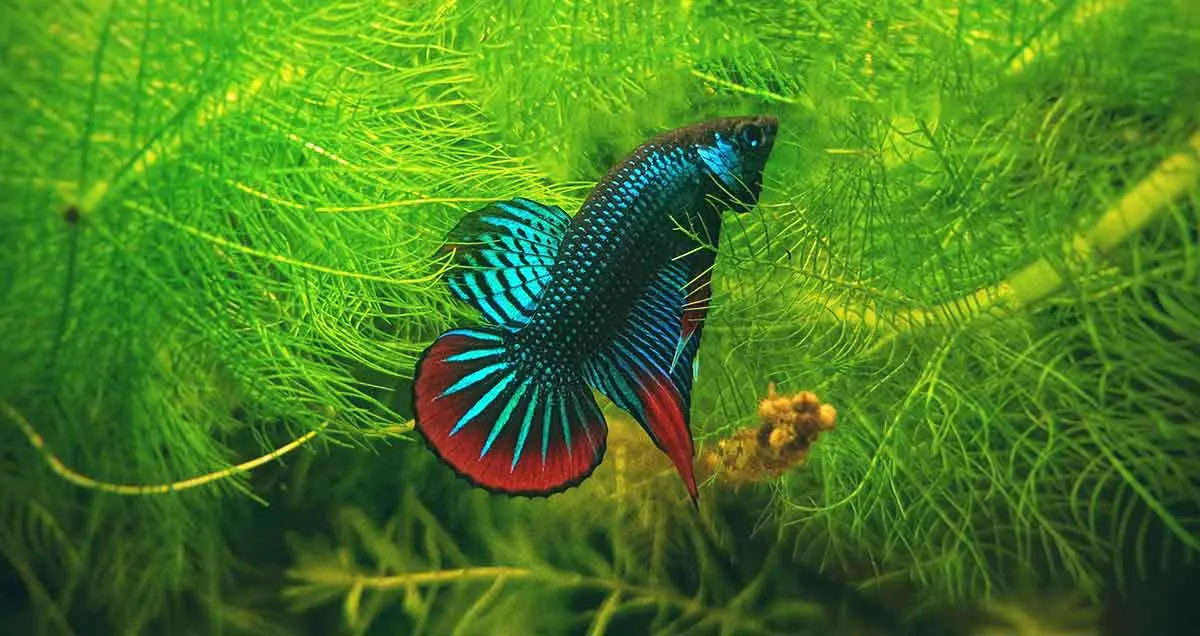
Before bringing your fish home, set up the tank’s interior with lots of objects for your betta to explore. Fill the bottom with a substrate because it’s a great place for beneficial bacteria to live while also looking aesthetically pleasing.
Most substrate types are fine for bettas, such as sand, gravel, or large stones. Loose substrates, like sand and soil, are best if you want to add live plants to the tank. Plants can replicate a natural habitat for the fish and provide places to rest and hide. Live plants also act as natural filtration to help the filter clean the tank.
Aquarium decorations are for more than just looks. Decorations provide places for bettas to hide, which can reduce stress. Decorations that bettas can swim through can also provide enrichment to prevent boredom. A hollow, floating log is a favorite decoration for bettas because they can interact with it.
5. Cycle the Tank without Fish Inside
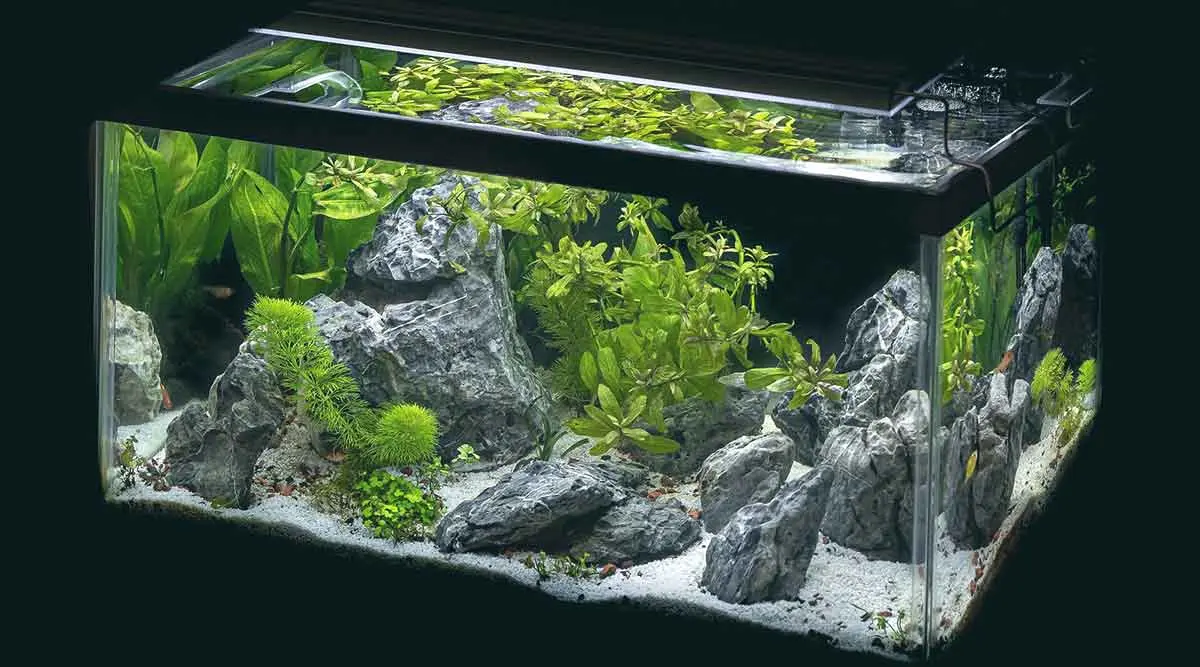
What many new fish owners don’t realize is that you can’t set up an aquarium and add fish on the same day. You need time to cycle the tank to ensure the water is safe for animals to live in. Before the cycling process, fill your tank with water and add some dechlorinator to it.
To cycle an aquarium, add ammonia to the tank to begin the aquarium’s nitrogen cycle. It can take four to eight weeks for an aquarium to cycle after that. Check the water levels throughout the process using a water test kit.
By the end of the cycle, the ammonia and nitrite levels should be zero while the nitrate levels should be less than 10 ppm. Betta fish thrive best if the pH is between 6.8 and 7.5. Once your aquarium meets those needs, you can introduce your betta fish.
6. Be Cautious of Tankmates
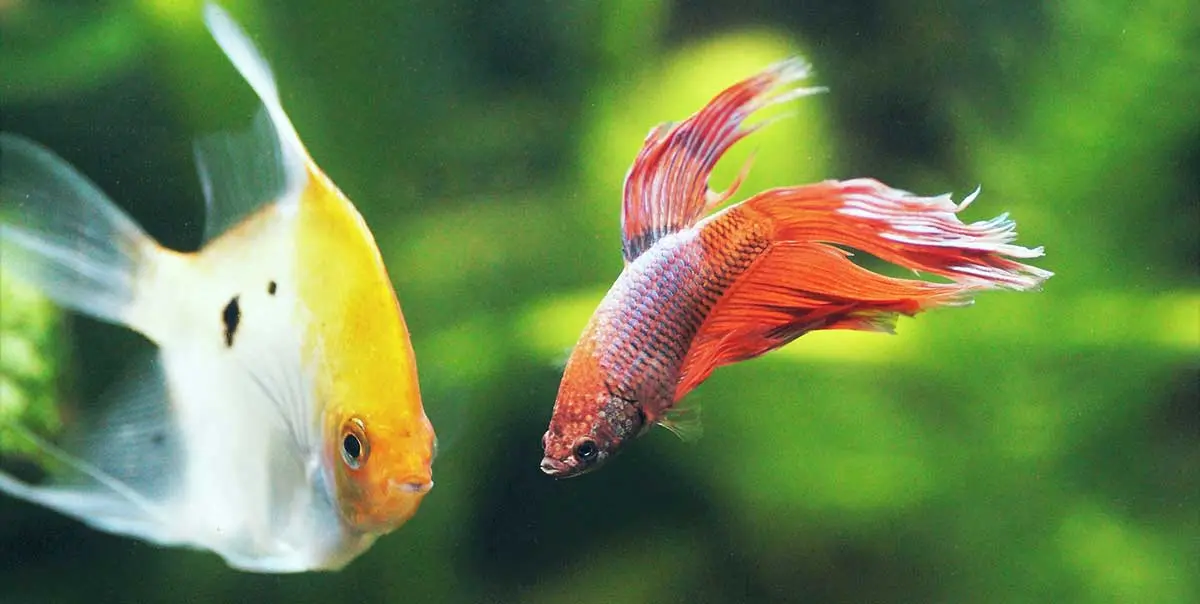
If you’re new to caring for betta fish, it’s best to keep them in a tank alone. They can be territorial and aggressive toward some fish. Also, certain fish species may nip at the betta’s fins. In general, bettas are easy pets for first-time owners, but they’re the most manageable when kept alone.
Luckily, betta fish don’t get lonely when they’re the only fish in the tank. If they have enough objects to hide under and interact with, they’ll be content. However, more advanced owners can add other animals to a betta tank, as long as they choose them carefully.
Peaceful, bottom-dwelling animals, such as snails and Corydoras catfish, can do well with a betta fish. Some tetras and guppies may do well too, as long as they have the same temperature requirements as bettas. If you want extra fish in your tank, you’ll need to buy a much bigger aquarium to accommodate that.
7. Cover Your Aquarium

Most aquariums are fine without a lid, but it’s better to be safe than sorry. Bettas aren’t afraid to swim near the surface, so they could jump out by mistake. If they jump out and you don’t find them in time, they could dry out, so get a secure lid just to be safe.
Betta fish are great pets, but they’re more of a commitment than most people realize. If you’re planning to get a betta fish, make sure you follow the necessary steps to set up the perfect aquarium.


